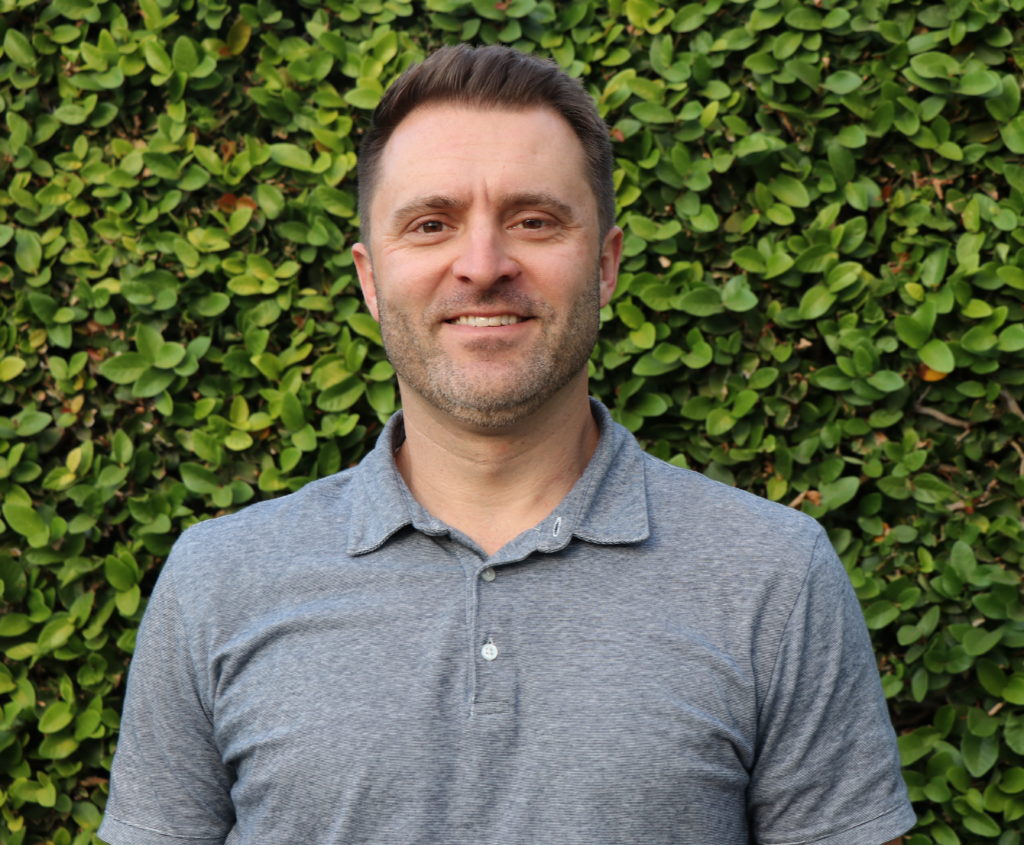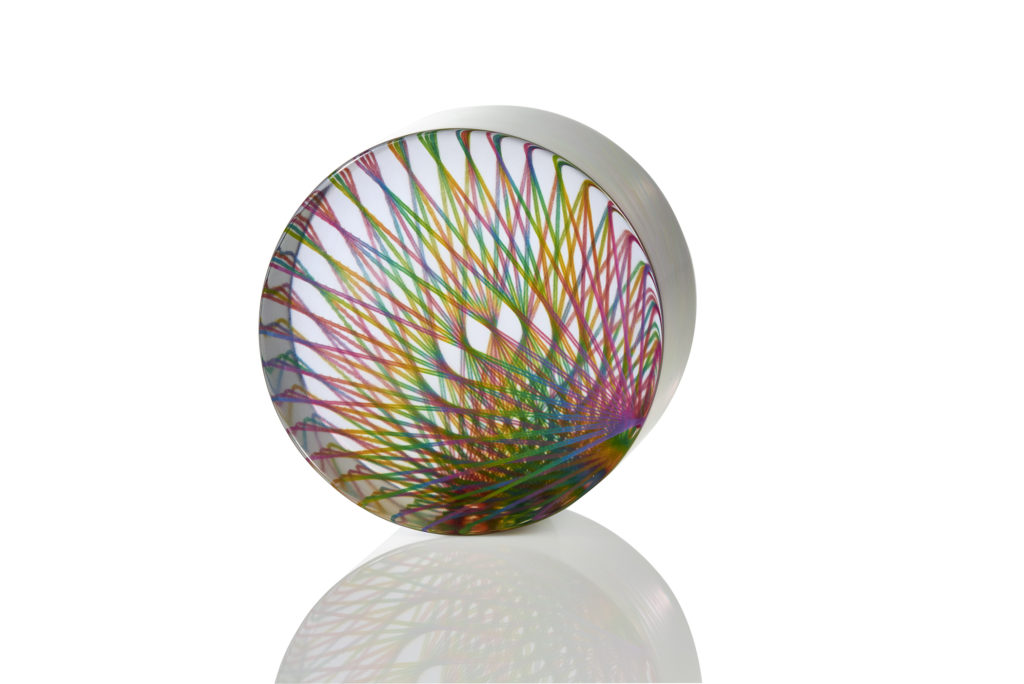From early stage prototypes to high fidelity models, the J826 allows users to create without compromise. Stratasys’ tried and tested PolyJet technology simplifies the design process, streamlining workflows so you can spend more time on what matters — creating, refining, and designing the best product possible. Learn more about this incredible machine in an interview with Purple Platypus’ Senior Sales Engineer, Gabe Suppes.
 Meet Gabe Suppes
Meet Gabe Suppes
Meet Senior Sales Engineer, Gabriel Suppes. Gabe assists our customers in adopting the latest technology from Stratasys, eviXscan, ProtoMAX, and Materialise. Out of the office, Gabe enjoys reading, hiking, downhill skiing, mountaineering, trying new restaurants, and travelling. If you haven’t had the chance to meet Gabe, make sure to stop by the office and say hi or connect with him on LinkedIn!
Can you briefly describe the J826?
The J826 is the smallest platform of the J8 Series printers. It has the 255 x 252 x 200 mm platform, just like the Connex3 Objet260. The benefit of a smaller platform is you still get all the capabilities of J850, which is the 500 mm sized platform.
So, in theory, you could have two J826 printers, for about the same investment as one larger printer. With that setup, you would get almost twice the amount of output.
What industries do you see the machine being used in?
Primarily consumer products, for color 3D printing. Also, by industrial products and medical device manufacturers.
 When would someone in the medical industry use a J826 or a J850, instead of the J750 Digital Anatomy Printer?
When would someone in the medical industry use a J826 or a J850, instead of the J750 Digital Anatomy Printer?
The Digital Anatomy Printer is built on the platform of the J750, allowing a user to print in six materials. The platform of the J8 Series allows users to print in seven different materials.
If your company would like to leverage the new digital anatomy materials, the J750 Digital Anatomy Printer is the right option.
The benefit of having seven colors, is you can do full color – black, white, cyan, magenta, yellow. Plus, you get two bonus materials, which could be a clear or an elastomer. That flexibility enables a brand-new range of opportunities. If your additive manufacturing application focuses more on the detail within colors, then the J8 series is the right option.
 The main difference between the J850 and the J826 is build size?
The main difference between the J850 and the J826 is build size?
Yes, exactly.
So why would I potentially want to purchase a J850 over a J826?
The J850 has the larger build platform, so if you need to print larger parts, the J850 is the right solution. You can also potentially get more throughput on the J850 on that build tray, if you have a lot of small parts. It really just depends on the scenario.
Unlike the Connex3 printers, the J8 Series offers full-color realism. Can you describe a scenario when someone should consider investing in a Connex3, instead of a J8 Series printer?
So, with the Connex3, you’re limited to three materials. If you don’t need full-color or if you stick to three materials, then you’d probably be okay. That being said, the J826 has a different printhead architecture. If you’re doing any digital materials, in digital mode the J8 Series is twice as fast as the Connex. One J826 can essentially function like two Connex3 Objet260 machines.
Another big benefit to the J8 printers, is you get to put in 16 material cartridges in the printers. Say you’re a service bureau and you get a lot of different material and color requests; you wouldn’t have to change materials. This changeover would traditionally take a lot of time and require a purge cycle.
 Why do you like it?
Why do you like it?
I like it, because of its incredible capabilities, which used to be only available on the J850 and J835. Now, for a lower investment, you can have the same incredible capabilities.
If you have any questions or would like to know more about the J826, please reach out to our team by phone at 949.474.9222 or by email at [email protected].